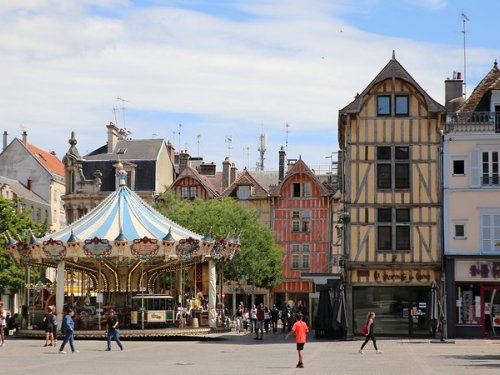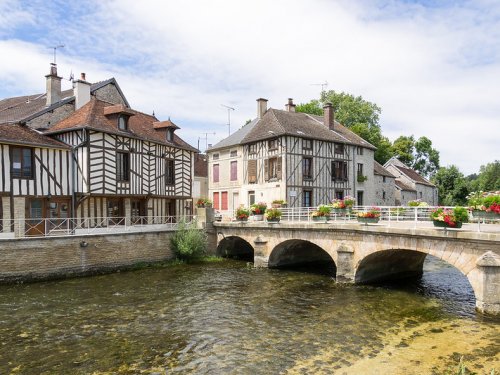Visit the City of Troyes and the Champagne region
The Troyes hotel allows you to easily enjoy all the attractions of this magnificent medieval city. Our establishment is also located 40 minutes from Brienne-le-Château and its Napoleon museum and 50 minutes from the Renoir house in Essoyes or the Château de la Motte-Tilly.



